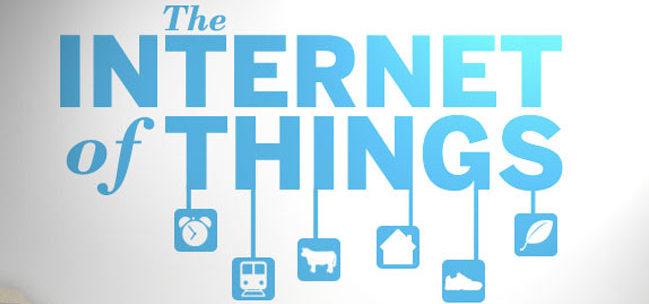
It’s time where the world is looking at devices talking to devices. That’s what the Internet of Things (IoT) does. Gartner has forecasted that it will grow to 26 billion units installed base by 2020, representing an almost 30-fold increase from 0.9 billion in 2009.
Gartner said that IoT product and service suppliers will generate incremental revenue exceeding $300 billion, mostly in services, in 2020. It will result in $1.9 trillion in global economic value-add through sales into diverse end markets.
The Internet of Things is the network of physical objects that contain embedded technology to communicate and sense or interact with their internal states or the external environment.
"The growth in IoT will far exceed that of other connected devices. By 2020, the number of smartphones tablets and PCs in use will reach about 7.3 billion units," said Peter Middleton, research director at Gartner. "In contrast, the IoT will have expanded at a much faster rate, resulting in a population of about 26 billion units at that time."
Due to the low cost of adding IoT capability to consumer products, Gartner expects that "ghost" devices with unused connectivity will be common. This will be a combination of products that have the capability built in but require software to "activate" it and products with IoT functionality that customers do not actively leverage
"By 2020, component costs will have come down to the point that connectivity will become a standard feature, even for processors costing less than $1. This opens up the possibility of connecting just about anything, from the very simple to the very complex, to offer remote control, monitoring and sensing," said Mr. Middleton. "The fact is, that today, many categories of connected things in 2020 don't yet exist. As product designers dream up ways to exploit the inherent connectivity that will be offered in intelligent products, we expect the variety of devices offered to explode."
The IoT encompasses hardware (the things themselves), embedded software, communications services and information services associated with the things. Gartner refers to the companies that provide the hardware, software and services as IoT suppliers. The incremental IoT supplier revenue contribution from IoT in 2020 is estimated at $309 billion.
Economic value-add (which represents the aggregate benefits that businesses derive through the sale and usage of IoT technology) is forecast to be $1.9 trillion across sectors in 2020. The verticals that are leading its adoption are manufacturing (15 per cent), healthcare (15 per cent) and insurance (11 per cent).

 In
In
Add new comment